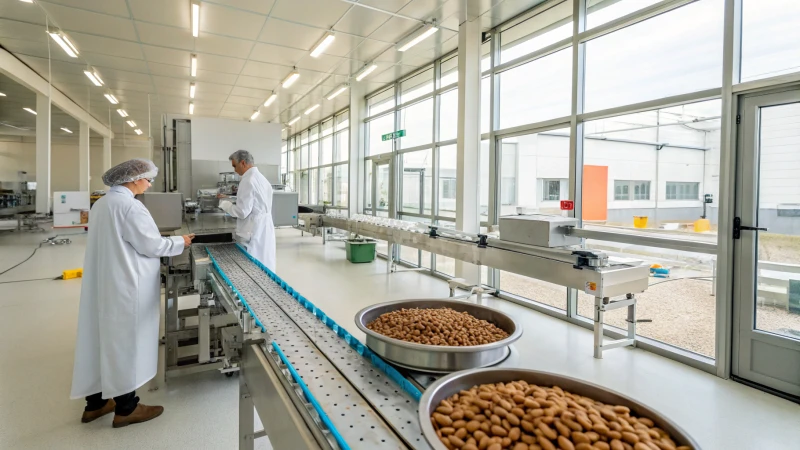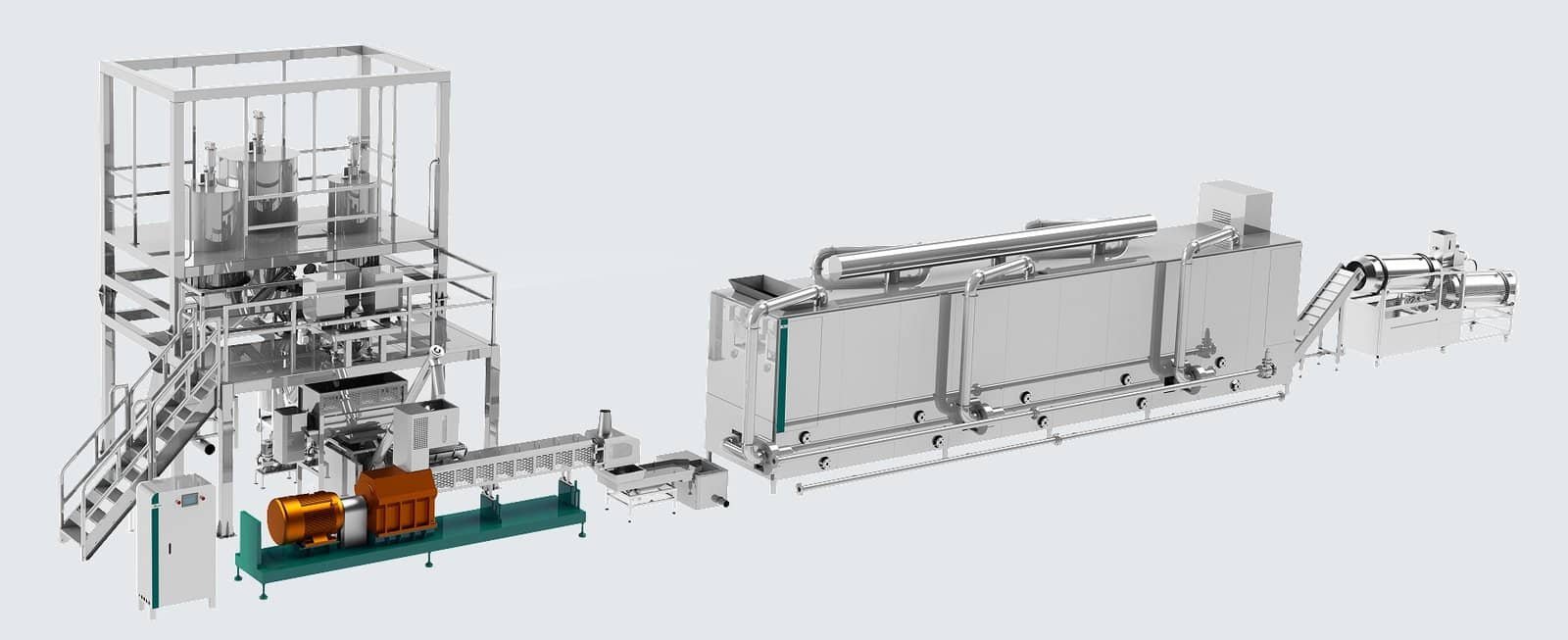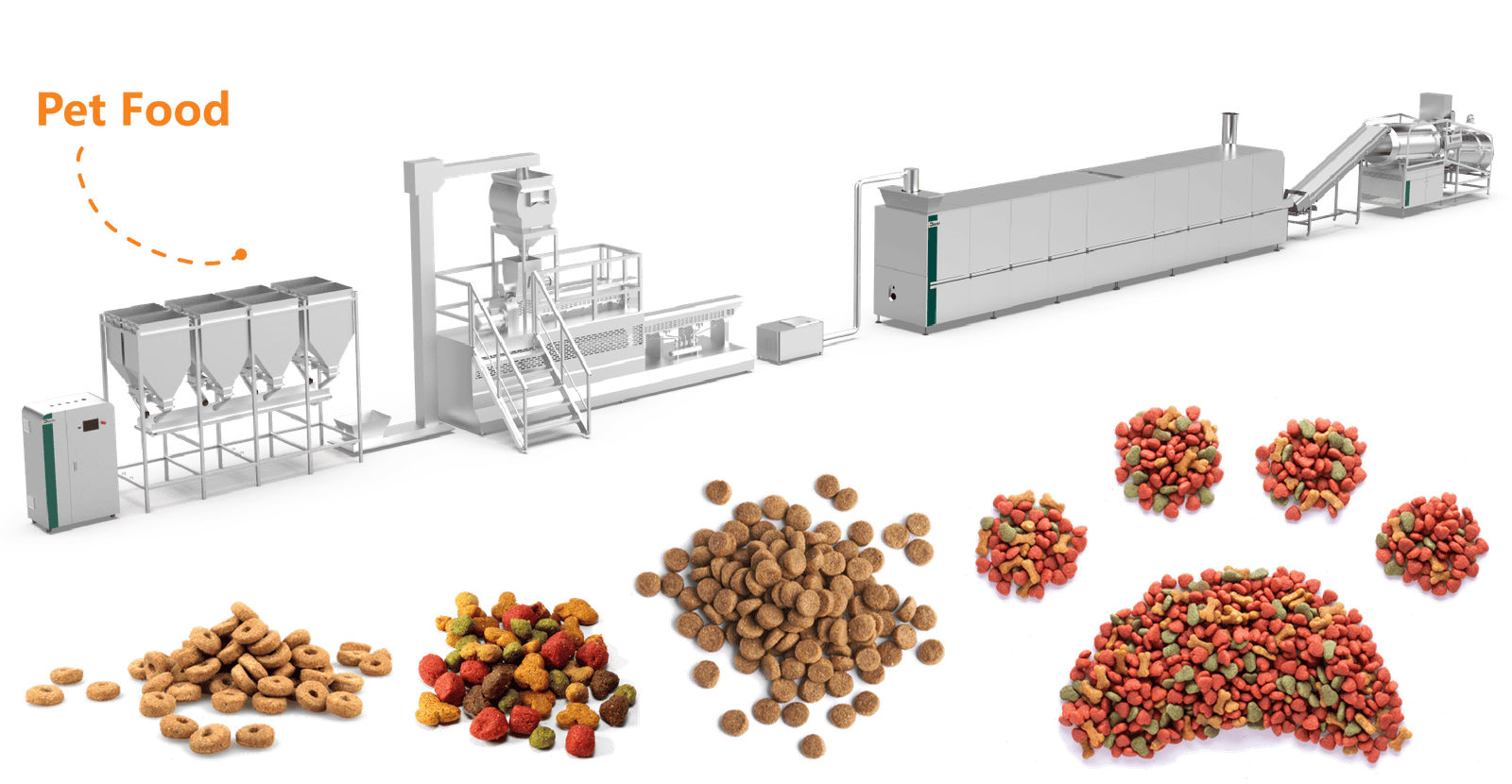
Understanding the Extrusion Process for Pellets
The extrusion process for pellets is crucial in various industries, including plastics, food, pharmaceuticals, and biomass. Without a proper extrusion system, manufacturers may struggle with inconsistent pellet size, poor product quality, and inefficiencies. This can lead to increased production costs and wasted materials. Fortunately, a well-optimized extrusion process ensures uniformity, improves material properties, and enhances overall production efficiency.
What Is the Extrusion Process for Pellets?
The extrusion process for pellets involves forcing raw material through a die under controlled conditions to form uniform pellets. This process ensures consistency in shape, size, and density, making it ideal for plastics, food, pharmaceuticals, and biomass applications.
How Does Extrusion Work for Pellet Production?
To fully understand the extrusion process, let's break it down into key steps, materials used, and industry applications.
1. What Are the Key Steps in the Pellet Extrusion Process?
The extrusion process follows a structured sequence to ensure consistent pellet quality.
Key Process Steps:
| Step | Description |
|---|---|
| 1. Raw Material Preparation | The base material (plastic resin, food mix, wood fiber, etc.) is pre-conditioned and sometimes mixed with additives for enhanced properties. |
| 2. Feeding the Extruder | The material is fed into the extruder’s hopper, where it enters the screw barrel. |
| 3. Melting & Mixing | The extruder's rotating screw generates heat and pressure, melting and homogenizing the material. |
| 4. Extrusion Through the Die | The molten material is pushed through a shaped die, forming continuous strands or sheets. |
| 5. Cooling & Cutting | The extrudate is cooled (air, water, or belt cooling) and then cut into uniform pellets. |
| 6. Screening & Packaging | Pellets are screened for quality, removing irregular shapes before packaging. |

Process Optimization Techniques:
- Adjusting screw speed for better material flow and homogeneity.
- Controlling temperature zones to prevent material degradation.
- Using high-precision dies to achieve uniform pellet dimensions.
Extrusion requires both heat and pressure for pellet formation.True
The combination of heat and pressure ensures uniform material flow and proper shaping during extrusion.
2. What Materials Are Used in Pellet Extrusion?
Different industries use various raw materials in the extrusion process, depending on the final product's application.
Common Extrusion Materials:
| Industry | Material Used | Application |
|---|---|---|
| Plastics | PVC, PE, PP, PET, ABS | Plastic pellets for molding and recycling. |
| Food Processing | Dough, cereal grains, meat mixtures | Snack foods, pasta, and pet food. |
| Pharmaceuticals | API compounds, excipients | Drug delivery systems and controlled-release tablets. |
| Biomass & Energy | Wood fibers, agricultural waste, sawdust | Biomass fuel pellets. |
Plastic extrusion produces both rigid and flexible pellets.True
By modifying material composition and processing conditions, extrusion can yield pellets for different applications.
3. What Are the Applications of Pellet Extrusion?
Pellet extrusion technology is widely used across various industries, improving material handling and processing.
Major Industry Applications:
| Industry | Application of Pellets |
|---|---|
| Plastics Manufacturing | Injection molding, blow molding, and extrusion processes. |
| Food Industry | Pasta production, snack foods, and pet food. |
| Pharmaceuticals | Pellet-based drug delivery systems. |
| Agriculture | Animal feed production and fertilizer pellets. |
| Energy Sector | Biomass fuel pellets for renewable energy. |
[Image Placeholder: Plastic Pellet Extrusion Applications]
Advantages of Pellet Extrusion in Manufacturing:
- Enhanced material consistency for better end-product quality.
- Improved process control compared to other pelletizing methods.
- Higher production efficiency with reduced material waste.
Pellet extrusion is essential for manufacturing industries.True
Industries rely on extrusion to produce uniform, high-quality pellets for further processing.
4. How to Optimize the Pellet Extrusion Process?
Achieving the best extrusion efficiency requires precise control over various parameters.
Key Optimization Strategies:
| Parameter | Optimization Method |
|---|---|
| Temperature Control | Maintain proper heat zones to prevent overheating or under-melting. |
| Screw Design | Use tailored screw profiles for different materials. |
| Die Selection | Choose high-precision dies for uniform pellet size. |
| Cooling Method | Optimize air or water cooling based on material type. |
| Cutting Mechanism | Adjust blade speed for consistent pellet shape. |

Common Challenges and Solutions:
- Inconsistent Pellet Size? → Adjust die pressure and screw speed.
- Material Degradation? → Optimize temperature zones and cooling rates.
- High Waste Production? → Use closed-loop recycling and material reclaim methods.
Proper die selection improves pellet uniformity.True
A well-designed die ensures pellets have consistent shape and size, reducing defects.
Conclusion: Why Is Pellet Extrusion Important?
The extrusion process for pellets plays a crucial role in manufacturing, ensuring uniformity, efficiency, and cost-effectiveness. By optimizing process parameters and material selection, industries can achieve high-quality pellets for various applications. Whether in plastics, food, pharmaceuticals, or energy, extrusion remains a key production technique for modern manufacturing.
Looking to Improve Your Extrusion Process?
If you need expert guidance on optimizing your pellet extrusion system, contact us today for consultation and customized solutions.









